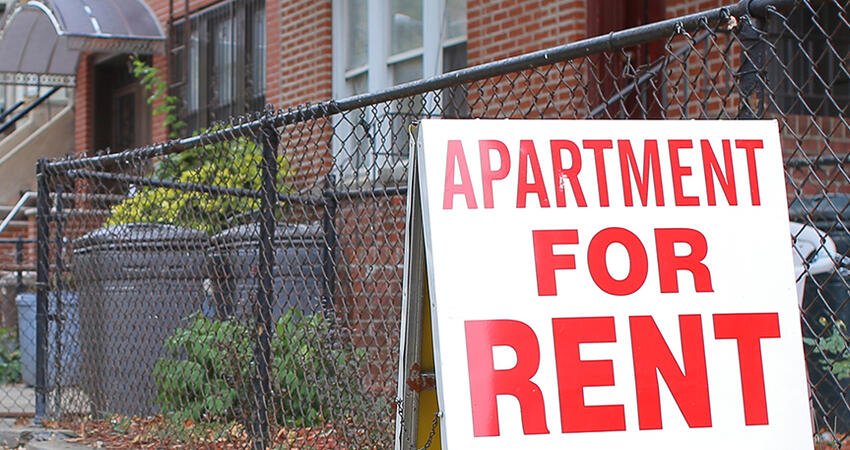
How Policymakers Can Prevent Displacement and Foster Inclusive Neighborhoods
- Title:
- How Policymakers Can Prevent Displacement and Foster Inclusive Neighborhoods
- Author:
- Source:
- Publication Date:
-
2018
As low-income neighborhoods attract high-income residents, communities are seeking ways to manage neighborhood change to prevent displacement and disparities. In response to a congressional request from the House and Senate Committees on Appropriations to explore the connection between sharp rent increases and displacement, researchers at the US Department of Housing and Urban Development (HUD) reviewed recent literature on the causes and consequences of gentrification and identified best practices that policymakers can implement to foster inclusive, equitable neighborhood change. Key strategies the report suggests focus on preserving and producing affordable housing, bolstered through partnerships, as ways to prevent displacement of low-income families and longtime residents of urban areas.
Key findings
- The share of gentrifying census tracts (i.e., low-income city census tracts that experienced large increases in rents relative to the metropolitan area) more than doubled from 10 percent in the 1990s to 24 percent in the 2000s.
- During the 1990s, poverty rates in gentrifying neighborhoods dropped 5 percentage points, compared with a 3 percentage-point increase in the poverty rate in their nongentrifying counterparts.
- Many researchers believe concentrated poverty is a larger issue than gentrification, as 75 percent of high-poverty neighborhoods stayed poor from 1970 to 2010.
- Quantitative research has largely found that the share of households who move appears to be unaffected by neighborhood gentrification and that low-income households might move less when rents rise in the neighborhood.
- Despite the weak evidence of physical displacement, socioeconomic change can occur with new entrants to the neighborhood, the gradual loss of low-rent housing, and rentals filtering up after a voluntary move.
Policy recommendations
- Adopt policies to preserve affordability. This includes local action to preserve affordable housing, the use of the Rental Assistance Demonstration to reinvest in public housing units, and the use of small area fair market rents to ensure continued access to changing neighborhoods for housing voucher holders.
- Encourage more housing development. The report describes changing federal guidelines and rules related to manufactured housing and condominiums, employing local property acquisition funds, reforming land-use regulations that impede supply, and adopting inclusionary zoning in suitable markets.
- Engage community residents before and after neighborhoods change. This includes building support for new development, including affordable housing, and ensuring residents’ concerns are addressed. Policymakers can also address social tensions, prevent or reduce political displacement, and foster meaningful integration through support for community-led organizations.
- Develop regional strategies. Displacement pressures and the need for affordability span across jurisdiction borders. Federal grants, rules, and assistance can help localities collaborate regionally through data sharing, award preferences, best practice convenings, and affirmatively furthering fair housing.


